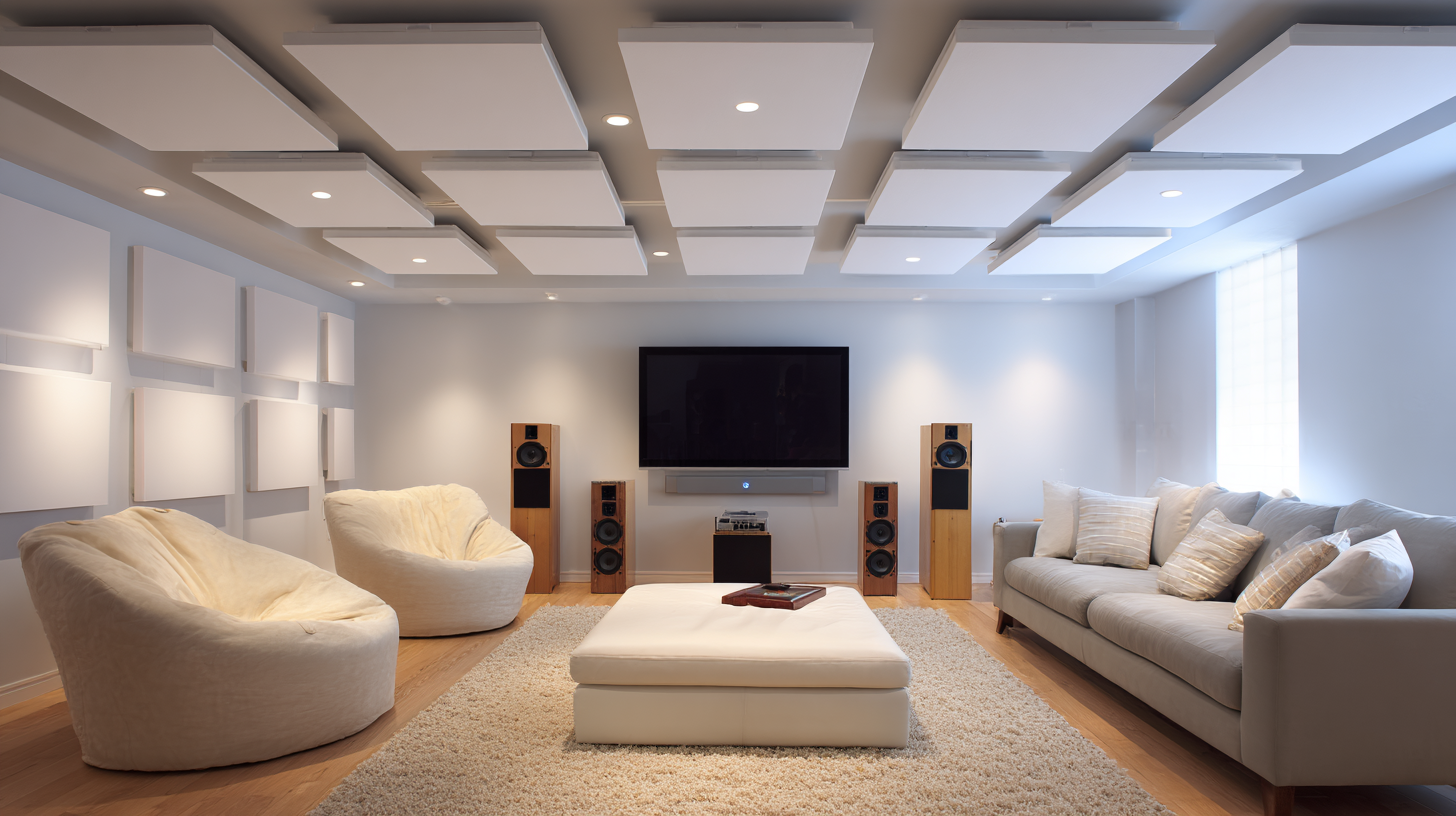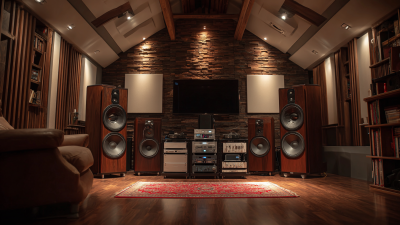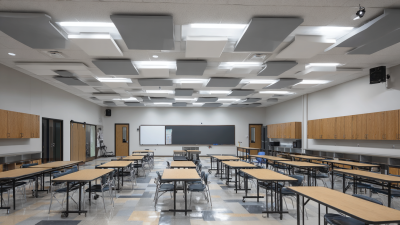In recent years, the audio industry has witnessed a remarkable shift towards more immersive and aesthetically pleasing sound solutions, with "speaker ceiling" systems emerging as a popular choice among homeowners. According to a report by Grand View Research, the global home audio market is expected to reach $27.53 billion by 2025, fueled by advancements in technology and growing consumer demand for high-quality sound experiences. Ceiling speakers not only provide a discreet and elegant way to enhance audio quality but also improve the overall acoustics of a space by creating an enveloping sound field. With the ability to seamlessly integrate into home decor, these systems are becoming essential for audiophiles and casual listeners alike, marking a significant evolution in how we experience sound within our homes.
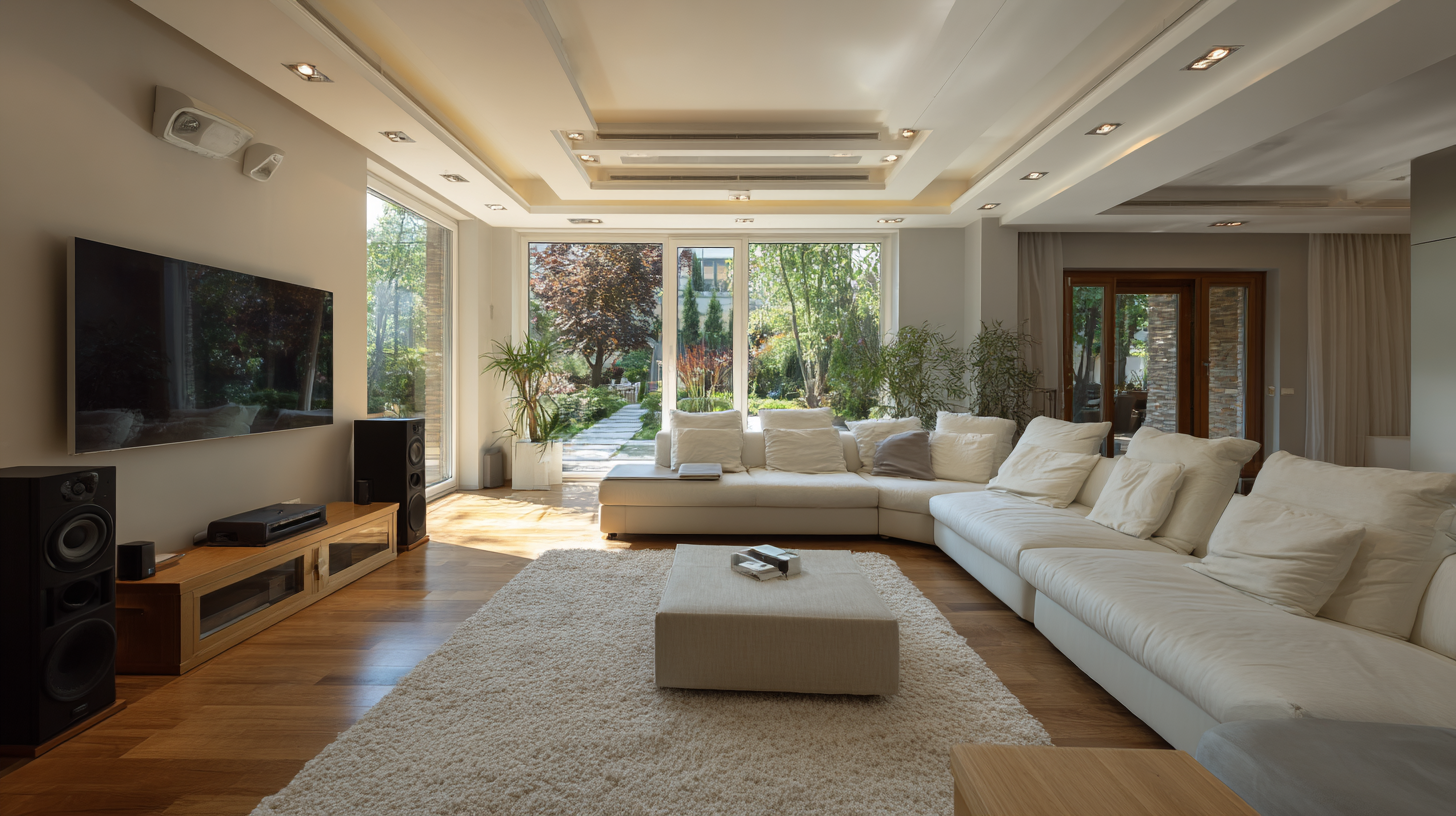
Choosing the right ceiling speakers for your space involves understanding both the technical specifications and your unique audio needs. According to a recent report by Freedonia Group, the demand for in-ceiling speakers is expected to grow significantly, driven by the rise in home automation and smart home systems. This trend highlights the importance of selecting speakers that not only fit your aesthetic preferences but also deliver superior sound quality and integrate seamlessly with existing technologies.
When evaluating ceiling speakers, consider factors such as power handling, sensitivity, and frequency response. Ideally, choose speakers with a sensitivity rating of at least 85 dB, which ensures optimal sound output with minimal amplifier power. Additionally, the frequency range is crucial; a good set of ceiling speakers should cover at least 50 Hz to 20 kHz to deliver a balanced sound, capturing both low-end bass and high-end clarity. Research from the Consumer Technology Association indicates that many consumers prioritize sound quality as a key factor in their purchasing decisions, underscoring the need to prioritize performance in your selection process.
| Speaker Type | Frequency Response (Hz) | Impedance (Ohms) | Power Handling (Watts) | Recommended Room Size (sq ft) |
|---|---|---|---|---|
| 2-Way Ceiling Speaker | 50 - 20,000 | 8 | 80 | 150 - 300 |
| 3-Way Ceiling Speaker | 45 - 22,000 | 6 | 100 | 200 - 400 |
| Subwoofer Ceiling Speaker | 30 - 200 | 8 | 200 | 150 - 300 |
| Omnidirectional Ceiling Speaker | 40 - 20,000 | 8 | 70 | 300 - 500 |
Installing ceiling speakers can dramatically enhance your home audio experience, but understanding the installation process is crucial for achieving optimal performance. The first step involves selecting the right location for the speakers.
Ideal placements are usually in areas where sound can travel unobstructed, such as the center of a room or away from walls. It is essential to consider the room's acoustics and how sound waves will interact with the space.
Once the locations are determined, the next stage is preparing the installation site. This includes careful measuring to ensure symmetry and the optimal distance between speakers for balanced sound distribution. Cutting into the ceiling may be necessary to create the openings, and this step requires precision to avoid damaging electrical wires or plumbing hidden above. After installing speaker brackets and connecting the wiring to your audio system, testing the sound quality is essential to fine-tune the speaker settings, ensuring a seamless integration into your home audio system.
When it comes to enhancing your home audio experience, proper ceiling speaker placement is crucial. By strategically positioning ceiling speakers, you can create an immersive sound environment that rivals more traditional setups. Unlike standard speakers, ceiling speakers can deliver unobtrusive, 360-degree sound, making them ideal for various types of media, from movies to music. This placement is critical in maximizing audio clarity and spatial effects, such as those offered by advanced surround sound formats like Dolby Atmos.
**Tips:** Consider the room layout and seating arrangement when placing your ceiling speakers. Aim to install them equidistant from the primary listening area for optimal sound distribution. Additionally, using speakers designed for in-ceiling installation can enhance aesthetic appeal while providing excellent audio performance.
Furthermore, pay attention to the acoustic design of your space. Multipurpose rooms, where different activities take place, may require specific adjustments to ensure that speech intelligibility and music clarity are balanced. Integrating your ceiling speakers with an appropriate sound system will lead to a richer audio experience, allowing you to fully engage with your favorite films, shows, and games.
Integrating smart technology into ceiling speaker systems elevates not only audio quality but also the overall home experience. According to a report by MarketsandMarkets, the smart home market is expected to reach $174 billion by 2025, indicating a growing trend in adopting intelligent audio solutions. By customizing ceiling speakers with smart features, homeowners can easily control their audio environments through smartphones, voice commands, or even automation setups that sync with other smart devices. This seamless integration offers convenience and enhances the aesthetic appeal of any room, without the clutter of traditional speaker setups.
Moreover, advancements in wireless technology mean that ceiling speakers can now connect effortlessly to home Wi-Fi networks, enabling streaming from various platforms without the need for cumbersome wiring. A study by ResearchAndMarkets projects that the global wireless audio market will grow at a CAGR of 25.7% from 2023 to 2030, driven by the innovation in smart speaker technology. By leveraging these advanced features, users can effectively customize sound zones throughout their homes, allowing different audio experiences in separate rooms or integrating the whole house for a unified sound experience during gatherings or parties, effectively transforming how music and entertainment are enjoyed in the space.
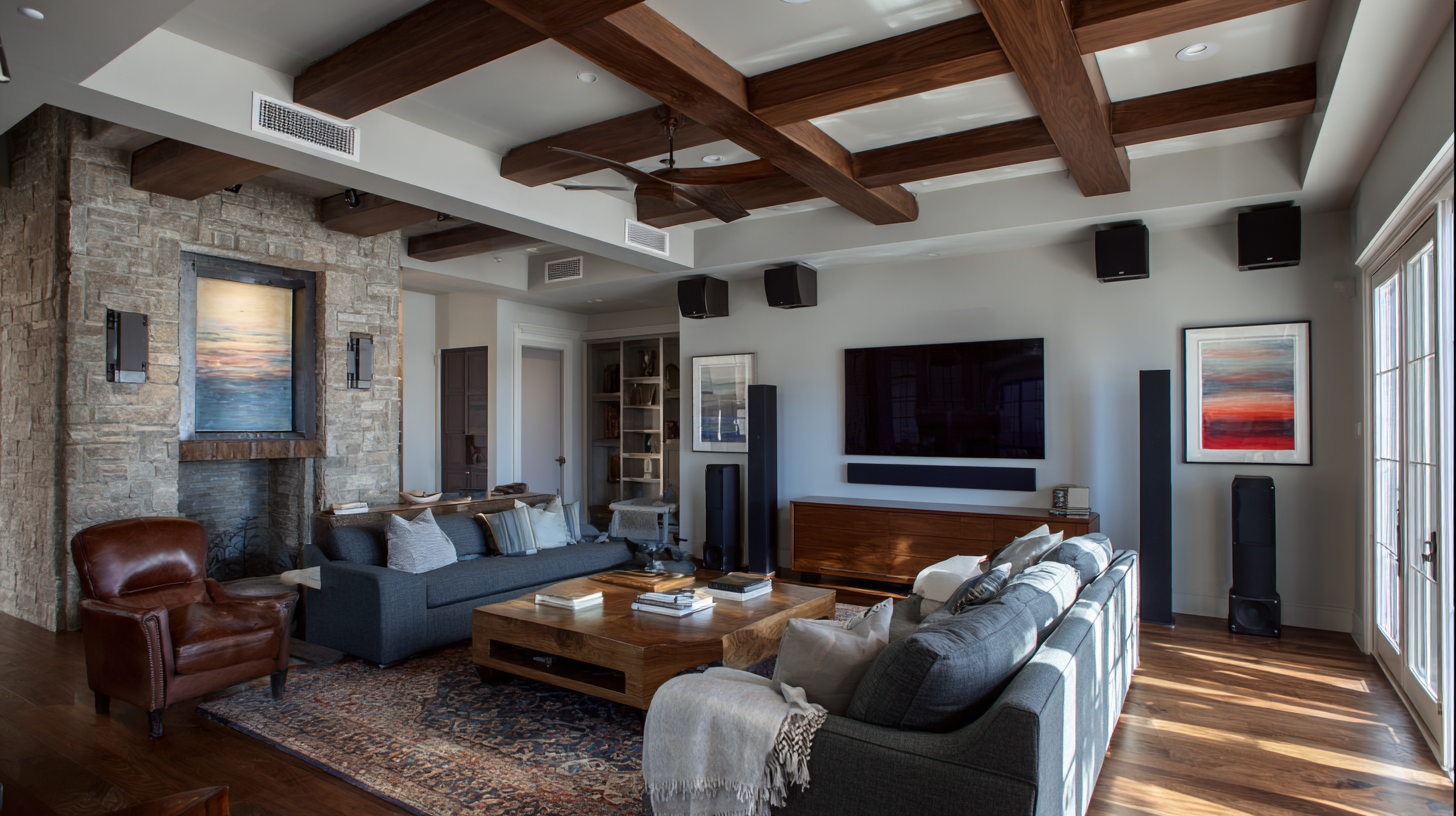
Ceiling speakers can significantly enhance your home audio experience, but maintaining and troubleshooting them is essential for ensuring their longevity. Regular maintenance not only prolongs the lifespan of your speakers but also ensures optimal performance. It’s crucial to dust the speakers periodically, as dust accumulation can affect sound quality. Additionally, check the wiring connections to ensure they are secure and free from corrosion.
When troubleshooting, if you notice sound distortion or loss of audio, first verify that the speakers are correctly wired and that the receiver settings are correctly configured. Sometimes, a simple reset of your audio system can resolve issues. If problems persist, consider consulting a professional to inspect for internal damage or compatibility issues.
**Tips:** Always refer to the manufacturer’s guidelines for specific maintenance recommendations. Keep an eye on the surrounding environment; humidity or extreme temperatures can impact performance. Lastly, when not in use, consider turning off your speakers to prevent potential power surges and extend their life.
